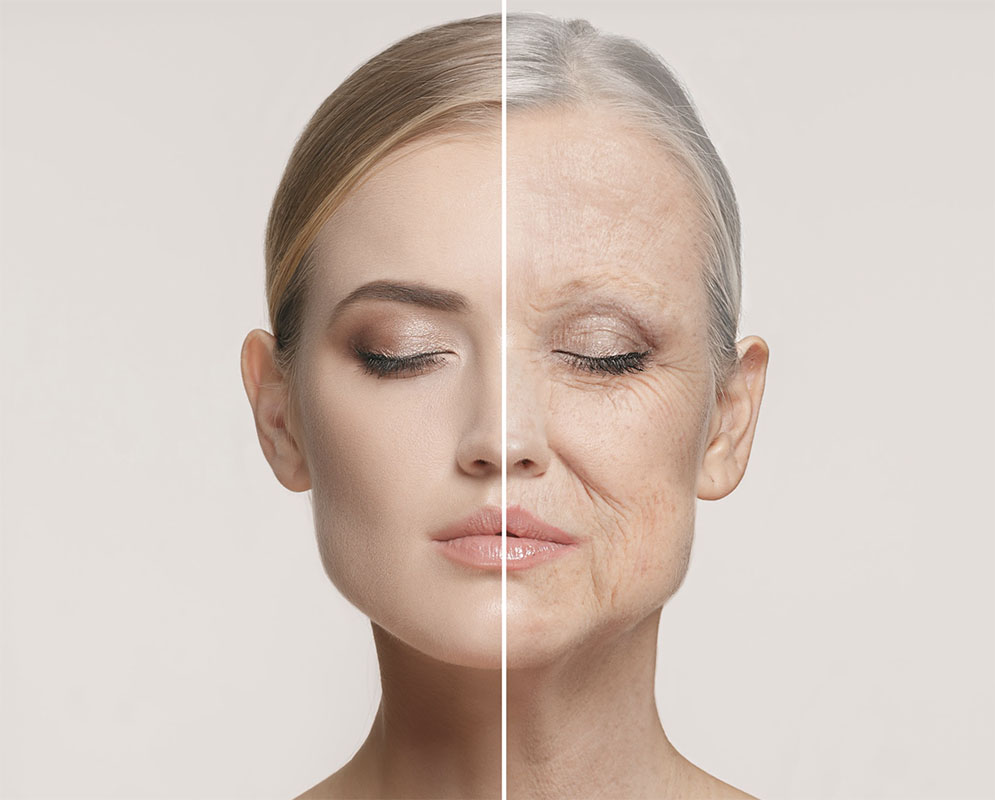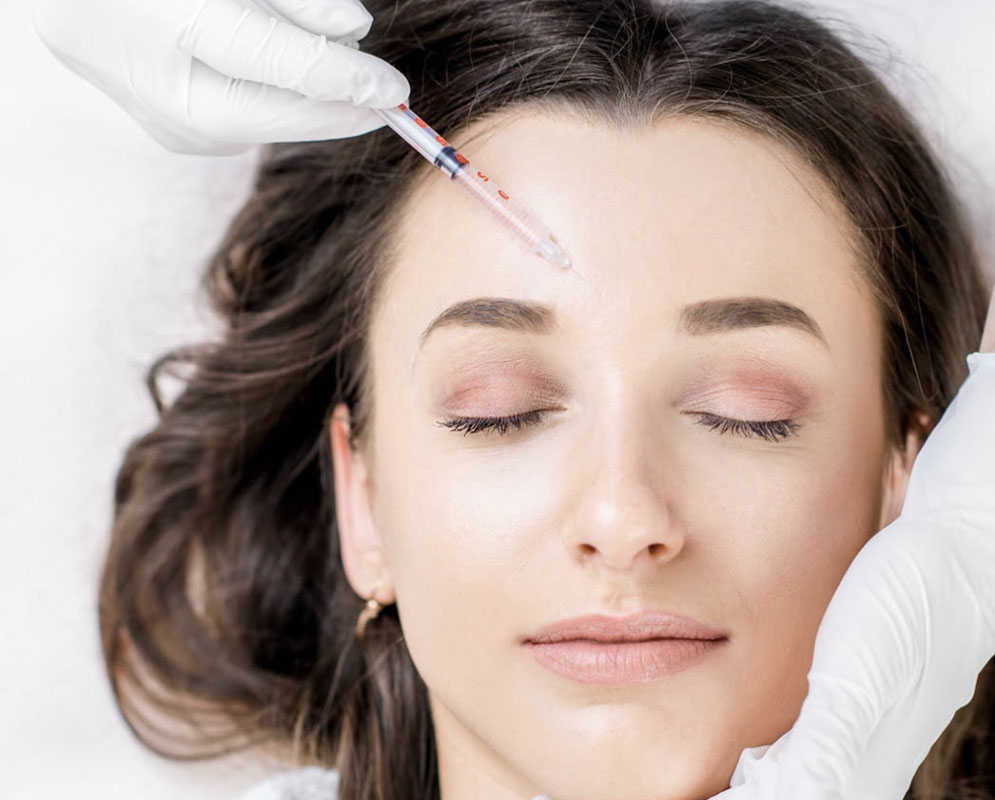

XEOMIN®
Worldwide, more than 84,000 people have been treated with Xeomin® injections. The U.S. is actually the 20th country to approve this new drug.
Xeomin® is the first one that does not need to be refrigerated before use, which may simplify distribution.
Xeomin® is also has no additives, just botulinum toxin type A. This may mean that there is less risk of developing antibodies against Xeomin® than other available neurotoxins. The body develops antibodies in response to a foreign invader and attacks. In theory, antibodies could prevent a neurotoxin from having its desired effects.
The effects of Xeomin® occur within one week, and the results last from three to six months, making it comparable to Botox in terms of both onset and duration of action.
What are the risks?
There is a risk that all botulinum toxin products may spread from the area where they were injected to other parts of the body, causing potentially life-threatening swallowing and breathing problems. This was predominantly seen in children treated with Botox off-label for cerebral palsy. These issues have not been reported among people who received botulinum products for cosmetic uses or to treat blepharospasm.
Other risks may include bleeding and bruising at the injection site and allergic reactions such as itching, swelling or shortness of breath. Your doctor should discuss all the potential risks of this procedure with you during your consultation.
XEOMIN®
Worldwide, more than 84,000 people have been treated with Xeomin® injections. The U.S. is actually the 20th country to approve this new drug.
Xeomin® is the first one that does not need to be refrigerated before use, which may simplify distribution.
Xeomin® is also has no additives, just botulinum toxin type A. This may mean that there is less risk of developing antibodies against Xeomin® than other available neurotoxins. The body develops antibodies in response to a foreign invader and attacks. In theory, antibodies could prevent a neurotoxin from having its desired effects.
What are the risks?
There is a risk that all botulinum toxin products may spread from the area where they were injected to other parts of the body, causing potentially life-threatening swallowing and breathing problems. This was predominantly seen in children treated with Botox off-label for cerebral palsy. These issues have not been reported among people who received botulinum products for cosmetic uses or to treat blepharospasm.
Other risks may include bleeding and bruising at the injection site and allergic reactions such as itching, swelling or shortness of breath. Your doctor should discuss all the potential risks of this procedure with you during your consultation.


